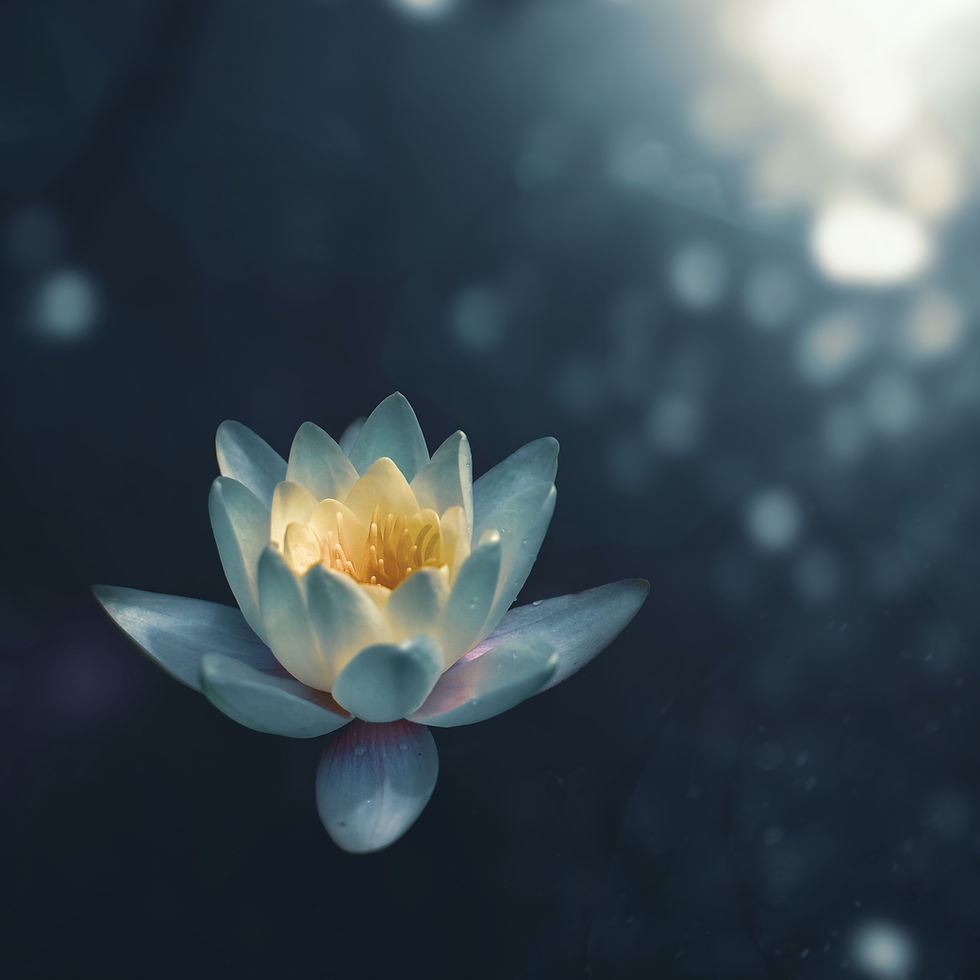A Journey of Learning
- Ambuja Kajeepeta

- Nov 30, 2015
- 4 min read
Updated: Jul 22, 2019
I am of Indian origin, and grew up in a practicing, devout Hindu family in Chennai. Although I enjoyed all of the poojas and festivals as much as everyone else, I was a rebel in my views, always doubting and questioning why I had to follow certain customs when they did not make any sense to me. However, I always did what I was told, for fear I would be punished by God, rather than because I believed in the ritual or practice. As I grew older and moved out of the country, I slowly stopped many of the practices that held no meaning for me. I argued that it was more important to be a good human being, leading an honest life, working hard, doing your duties, and treating others with kindness and compassion. I didn’t see any sense in lighting an oil lamp or chanting a lot of prayers that I did not understand.
It is not just one idea but my entire view of my culture and my heritage that has changed since starting my yoga journey. It blows my mind away that Sanatana Dharma is essentially what I have been campaigning for all my life, that being a Hindu is a way of living with gratitude and love for all forms of life, rather than rituals and idol worship which seems to have taken over our lives in today’s world. The theory of evolution from the Upanishads, the concepts of Purusartha, the law of Karma, and Asrama Dharma all make so much sense to me now, that I have a renewed respect and reverence for my forefathers.
The idea of a supreme force or Brahman slowly evolving from the subtlest level to a gross level that can be heard, felt, seen, touched and smelled, and that it is equally in each living being, is an incredibly beautiful concept to me. It certainly makes it easier to love even the people in my life that I have negative feelings about. It is helping me make lifestyle changes such as eating vegetarian food, moving bugs out of my space rather than squashing them, paying more attention to reducing/reusing and creating less of a carbon footprint, all of which I previously did only when it was convenient for me.
One of my favorite concepts is the law of karma. The idea that I am here because of my past actions and that I have to undergo the consequences of my past actions no matter what, gives me the strength to say ‘bring it on, I am ready to face it’. It is also comforting to know that although we cannot control the karma from our past actions, we still get to exercise our free will in doing actions that will create our future karma. This model is such a great blue print for how to live our lives on a daily basis. It is also interesting to me how the models are all intertwined. It seems so logical that we would be working out the karma from our past actions largely during the Garhastya stage, and focusing on not accumulating new karma in the Vanaprastha and Sanyasa stages.
Purusartha is another fascinating concept of Sanatana Dharma that discusses the cycle of birth, death and rebirth under the tenets of Dharma, Artha, Kama and Moksha. It is ok to seek wealth (Artha) or satisfaction of desires (Kama), as long as we do them in moderation, within the limits of what is appropriate for us at each point in our life (dharma). However, the purpose of life is to rise beyond these desires and sense driven experiences to follow a spiritual path (moksha).
This model also discuses ways to break out of the cycle and reach this spiritual path, using two key elements - Ahimsa and Satya. What is interesting about Ahimsa is that it is not just about refraining from hurting others (in thoughts, speech or action) but it is also about refraining from hurting oneself. Even the kindest person is usually very hard on himself. It takes a lot of practice to be kind to oneself, and like everyone else, that is a skill I am still working on. And I also like how Satya is defined – speaking the truth in such a way that it does not hurt the other person. This definition of Satya is so much more meaningful than just ‘speaking the truth’.
All of these concepts are so profound and so logical to me that I know I am on the right path. I am grateful for this opportunity to learn and understand my culture and am excited for all the reading and learning yet to come. When I started this yoga journey it was a well-planned career move for me. However, everything has changed since I attended the Heart of Yoga program in February. It is no longer a career move but a life journey of learning and growing spiritually and I am enjoying every minute of it.
However, if I have to pick one concept that deeply impacted me, it would have to be that small random tidbit that the teacher threw out to the class one day. The idea that Sanskrit is a spoken language with no script, and each sound in Sanskrit is what we feel. Chant the word ‘Shanthi’ several times and see how it makes you feel, she said. Can there be anything more sacred and closer to God than this beautiful way of making sounds? Yes, I am now chanting wholeheartedly, even if I don’t understand a lot of the words.




Comments